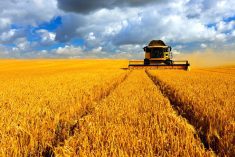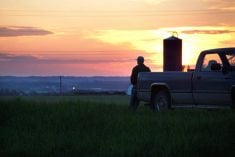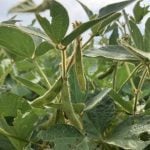You ve got to have profit, says Charlie Waddell, owner of Waddell Apples near Kingston, Ont. Whether you re a smaller farm or a larger one, you need profitability for growth and stability.
Like a growing number of Canadians, the Waddells are second-career farmers. Which means they aren t hobby farmers. The Waddells want and need to make their farm pay, but they ve also had to build up off-farm income to get their start. In fact, they ll also need some off-farm income to keep it going, at least in short to mid-term.
Read Also

Producers aren’t panicking over tariffs and trade threats
The influence of tariff and trade uncertainity on farm business decisions.
Nor do they ever plan to farm the whole township. Instead, by working from a mid-size base, their challenge is to maximize their farm s income potential so they can both work full-time on the farm.
It s a challenge crying out for a plan. Planning for profit has been an integral part of farming for Charlie and his business partner and wife Marita. In 2003, the Waddells bought a 13.5-acre orchard north of Kingston and started their second career, doing what they both grew up doing in southern Quebec, growing and selling apples.
I ve been working with my dad all along and never really left it, says Charlie, although as a commercial enterprise, the original family orchard was badly damaged by ice storms and then further hurt by changing markets.
The Waddells chose their Kingston site because it included a good location close to the city and it already had a small clientele base. They saw potential. With the lessons they had learned on their parents farms and in the workforce, they believed they had a good shot at developing a profitable farm, based on two key strategies: rigorous financial planning, and selling directly to the customer.
Six years later, they ve more than doubled gross revenues from the farm














